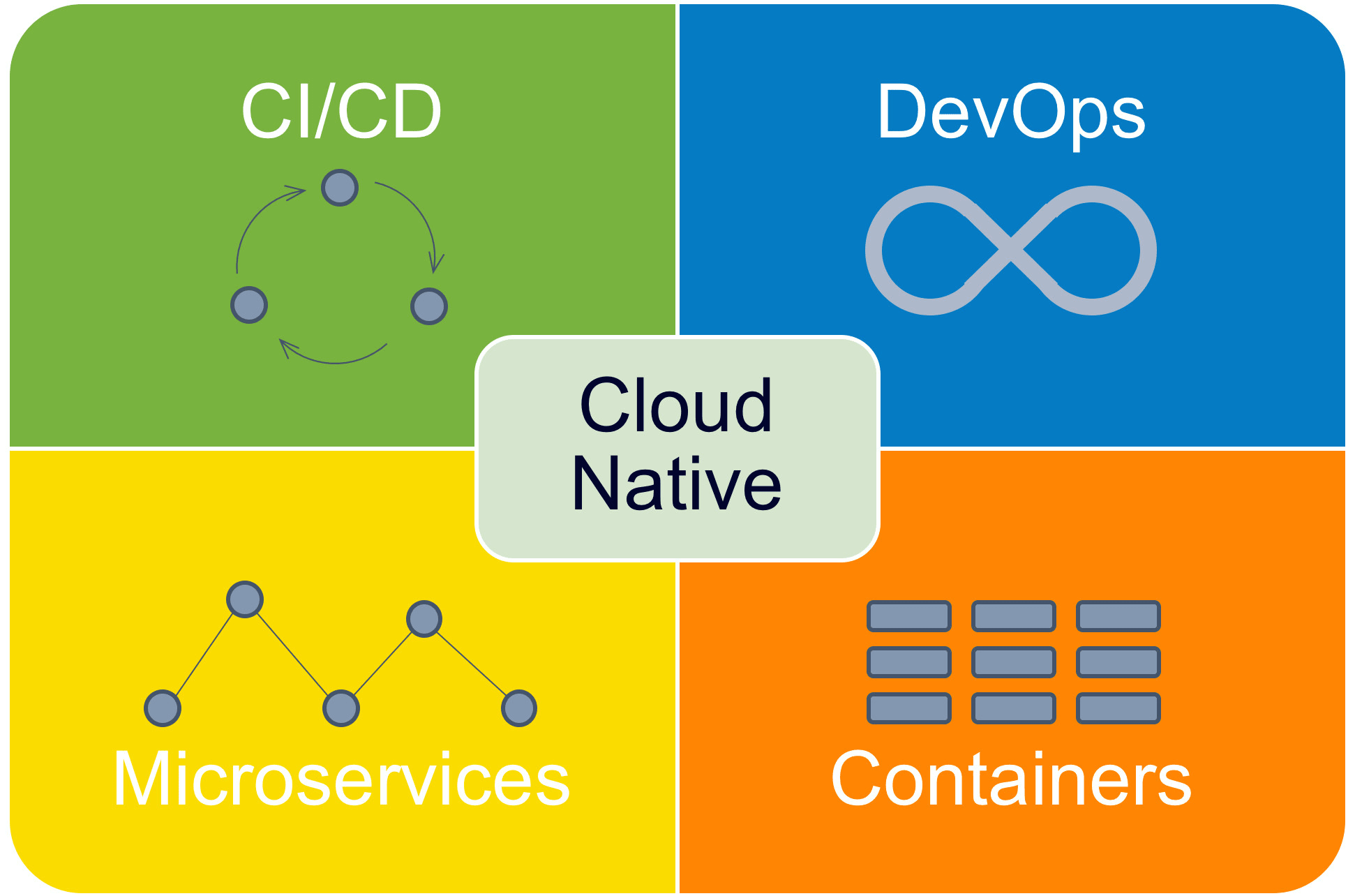The trend in software development has long been towards rapid and high quality product delivery. The integration of cloud servers into development processes has opened up new horizons for accelerating and streamlining the creation and deployment of new software products. In the article, we explore why cloud servers play a key role in development and how DevOps teams are using cloud infrastructure.
Why DevOps use cloud servers

Virtual services integrated into DevOps processes can accelerate and improve software development. Flexible, scalable, managed and controlled virtual infrastructure helps developers release products faster and better meet user needs.
The true power of DevOps is unleashed when it is combined with development in the cloud. The cloud empowers DevOps teams with scalable, centralized infrastructure for rapid testing, deployment and production. Developers can deploy compute resources in minutes and turn them off when they are not needed.
CI/CD deployment capability
Cloud infrastructure is ideal for automating continuous integration and delivery (CI/CD) processes. It significantly speeds up the development cycle, allowing new functionality to be developed, tested and deployed more quickly. Cloud services make it easier and more efficient to integrate with Jenkins CI/CD tools, GitLab or similar.
Benefits of using cloud servers for DevOps

Increased development speed
With cloud services, DevOps teams adapt to changes and get updates to market faster than with a traditional approach. Cloud-based tools provide access to powerful computing resources, so you can release a test product, validate its functionality and move it into production, or abandon a failed idea.
Efficient resource management
Clouds offer greater flexibility and control over data. This allows organisations to optimise workload distribution, increase productivity and reduce development time. Cloud platforms allow you to choose which applications to host in the traditional cloud and which to keep on a closed, secure server to ensure the desired level of reliability and security.
Security and stability
Cloud providers use enterprise-grade solutions to ensure data security, including channel, data or virtual machine encryption to simplify compliance and data protection. In DevOps, these capabilities can be integrated into the development, testing and deployment process, impacting overall security. The team gains confidence that their infrastructure is secure.
New development approaches
Cloud platforms support the automation and standardization of processes, reducing errors and simplifying infrastructure management. There is also the possibility of using Infrastructure as Code (IaC). The basic idea is that infrastructure (servers, networks, storage, etc.) is described and managed using configuration files that can be versioned, tested and deployed like regular software code. This automates processes, reduces errors and increases the efficiency of infrastructure management. A declarative approach to IaC describes the desired state of the infrastructure and tools automatically determine what actions need to be taken to achieve that state. Examples of declarative tools include Terraform and Cloud Services.
Rapid prototyping and testing
Cloud servers for DevOps teams are convenient because they can be used to quickly create prototypes and test environments, speeding up the development and testing process. The virtual infrastructure makes it easy to provide isolated environments for testing new features. All experiments have no impact on the main application.
How to maximise cloud efficiency for DevOps
Optimise your processes and applications to get the most out of cloud solutions. For example, adopting a microservices architecture helps ensure your applications are scalable and resilient.
Use cloud cost management tools to control your budget. Implement monitoring and logging solutions such as Prometheus, Grafana or ELK Stack to track the health and performance of your infrastructure. Clouds are convenient because they allow you to manage the amount of resources you consume based on your budget or business needs.
Consider a hybrid or multi-cloud strategy to distribute load and increase resilience.
Do not forget about security. Configure your cloud environment with access policies, software version control architecture and data leakage prevention systems. Cloud providers offer such solutions, ask about these options.
The bottom line
Incorporating the cloud into your IT strategy breaks down the barriers between development, testing and infrastructure. DevOps helps developers build software, and the cloud provides the space and tools to make it work.
A cloud provider can deliver dynamic, flexible and easily shared cloud environments to development and test teams. Cloud service integration enables developers to quickly create, modify and scale complex computing environments while maintaining full visibility and control.
Cloud automation helps organizations scale their data centers and improve development and delivery practices. It solves key DevOps challenges such as consistency, configuration, orchestration and control of IT resources.
Consistency is ensured by automating and providing consistent environments, avoiding manual configuration errors. Configurability enables rapid scaling of resources and changes to computing environments. Collaboration is accelerated through shared access to resources and secure, role-based collaboration. Control over IT resources is enforced through access policies and role configuration.
By integrating DevOps and hybrid cloud,enterprises can accelerate software development and delivery, enabling
innovation without additional capital expenditure.



